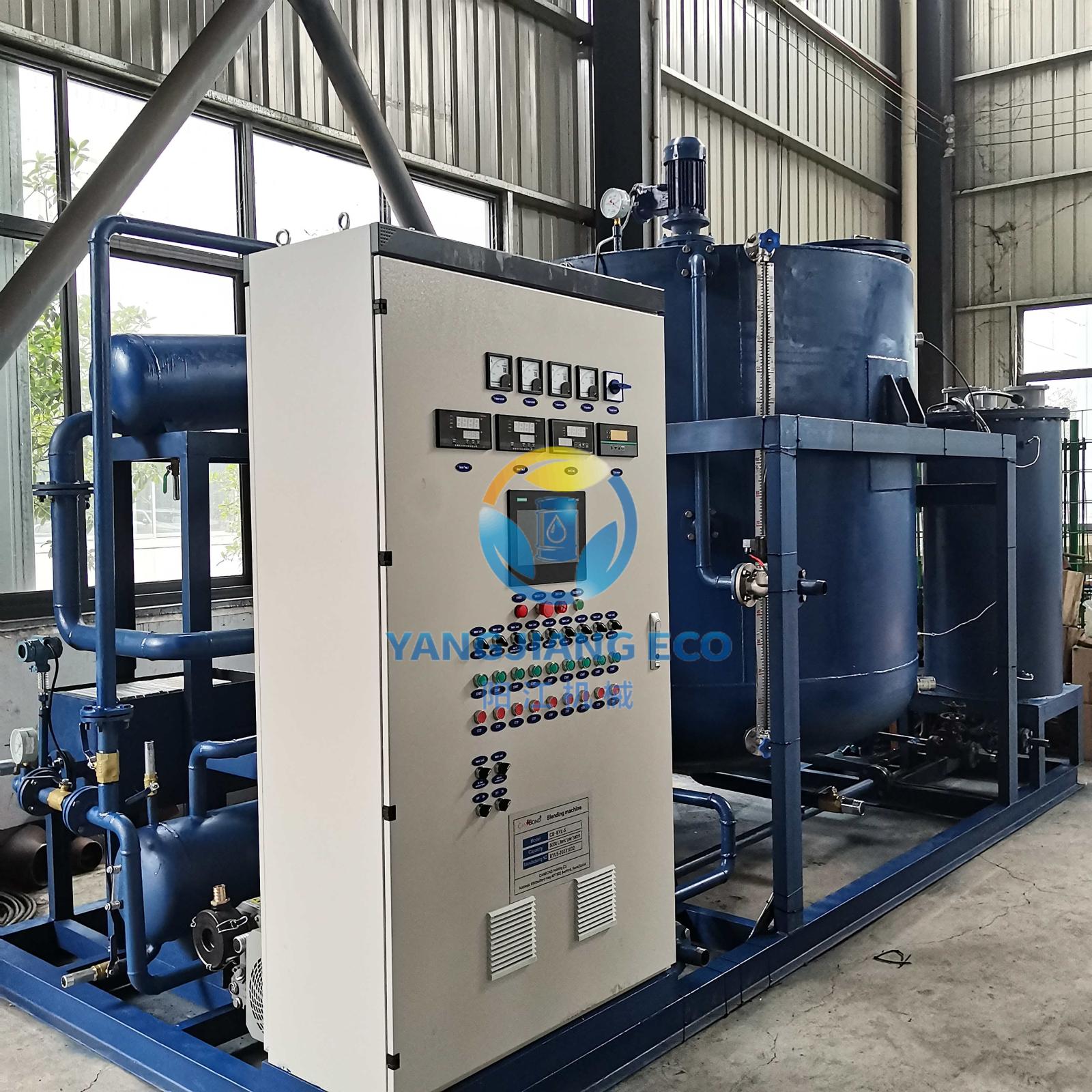Notifications

2 minutes, 6 seconds
-12 Views 0 Comments 0 Likes 0 Reviews

The lubricant industry has evolved significantly with advancements in automation technology. Lube oil blending machines, once reliant on manual processes, now incorporate sophisticated automation to enhance precision, efficiency, and consistency. This blog explores how automation has transformed lube oil blending, its key benefits, and the latest trends in automated blending systems.
Automation in lube oil blending machines ensures precise control over ingredient ratios, mixing speeds, and temperature regulation. Key automated features include:
Automated Dosing Systems
Advanced flow meters and load cells measure base oils and additives with high accuracy.
Reduces human error and ensures consistent blend quality.
PLC (Programmable Logic Controller) Integration
Allows operators to input exact blending recipes.
Automatically adjusts parameters such as mixing time, temperature, and shear rates.
Real-Time Monitoring & Data Logging
Sensors track viscosity, density, and other critical parameters.
Data is stored for quality control and regulatory compliance.
Improved Consistency: Eliminates batch-to-batch variations.
Higher Efficiency: Reduces blending time and labor costs.
Enhanced Safety: Minimizes human exposure to hazardous chemicals.
Scalability: Easily adaptable for small or large production volumes.
Latest Trends in Automated Blending
AI-Powered Optimization: Machine learning algorithms analyze blending data to suggest process improvements.
IoT Connectivity: Remote monitoring and predictive maintenance reduce downtime.
Inline Blending: Continuous blending systems streamline production without batch interruptions.
Automation has revolutionized lube oil blending, making it faster, safer, and more reliable. As technology advances, we can expect even smarter blending solutions that further optimize lubricant production.

